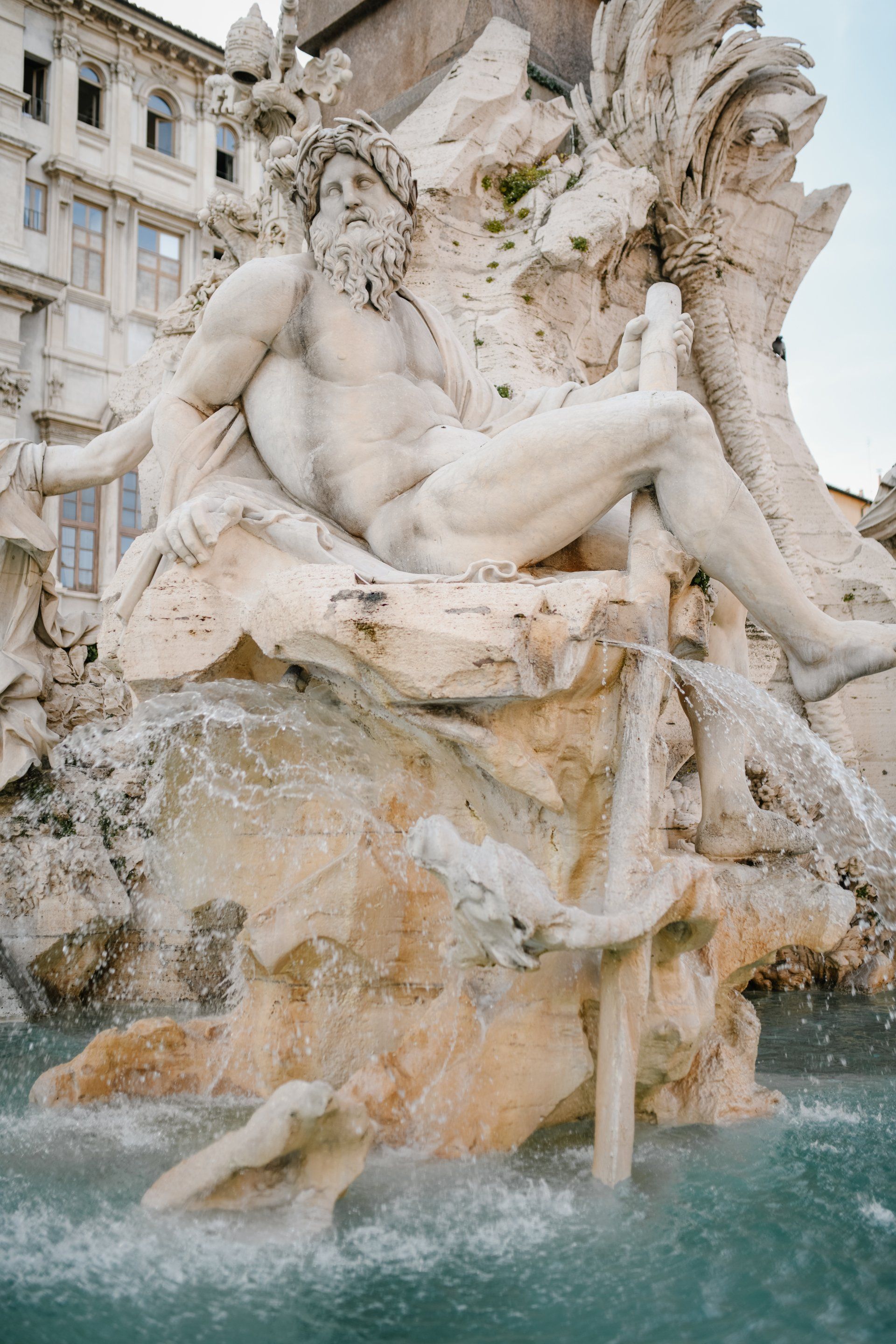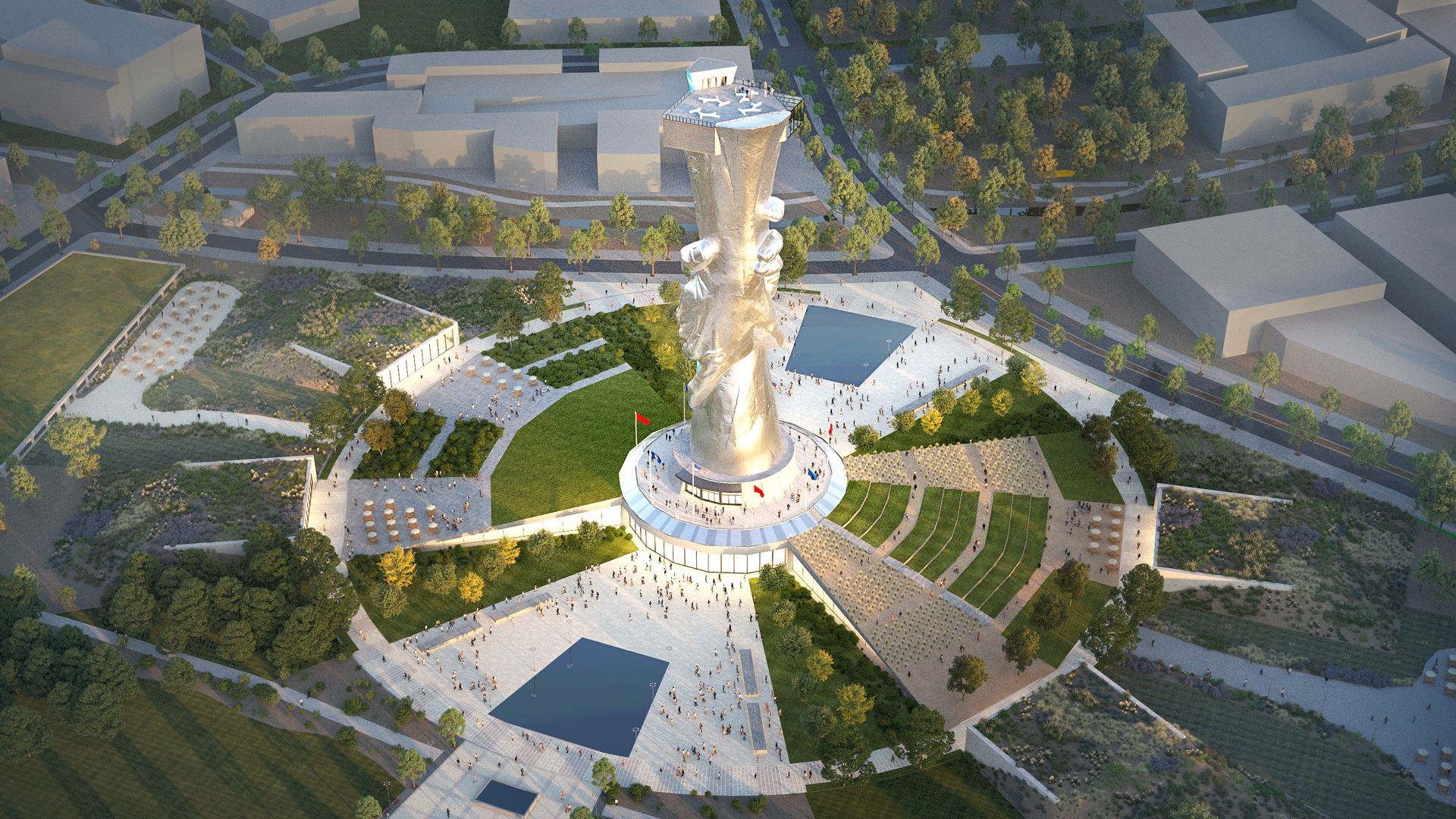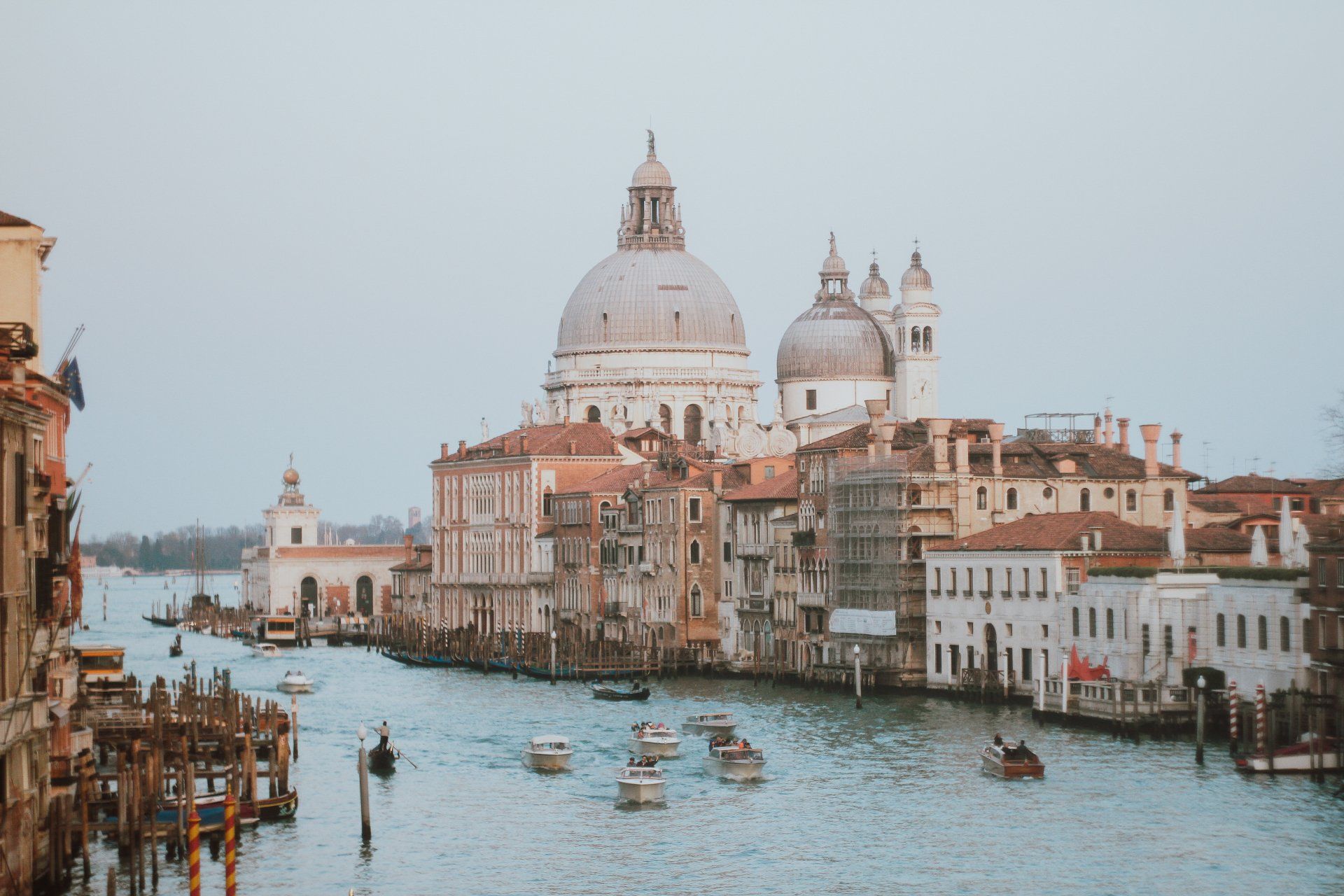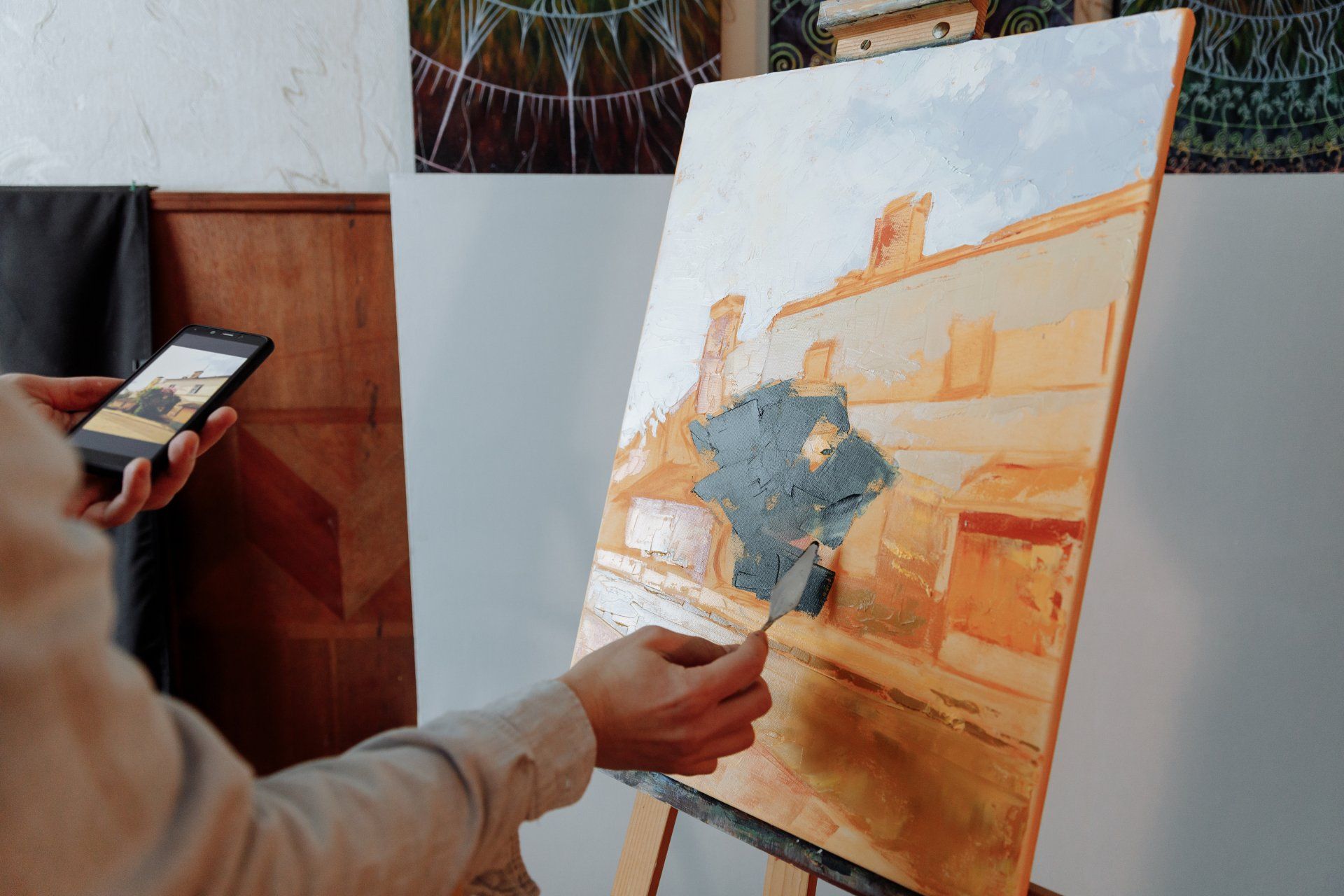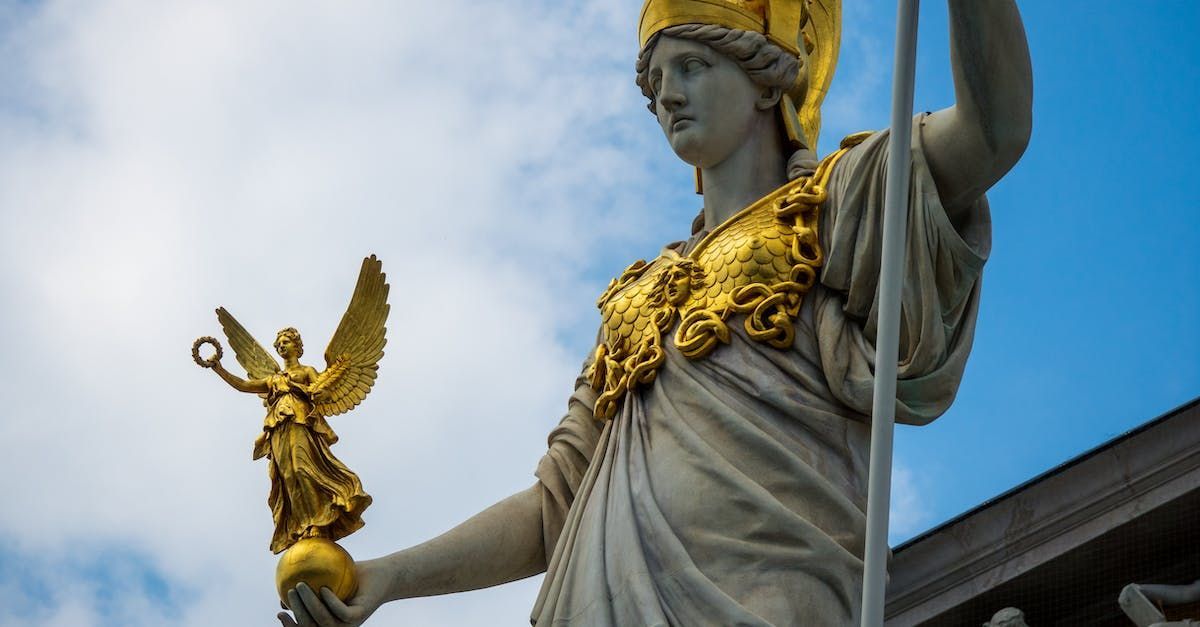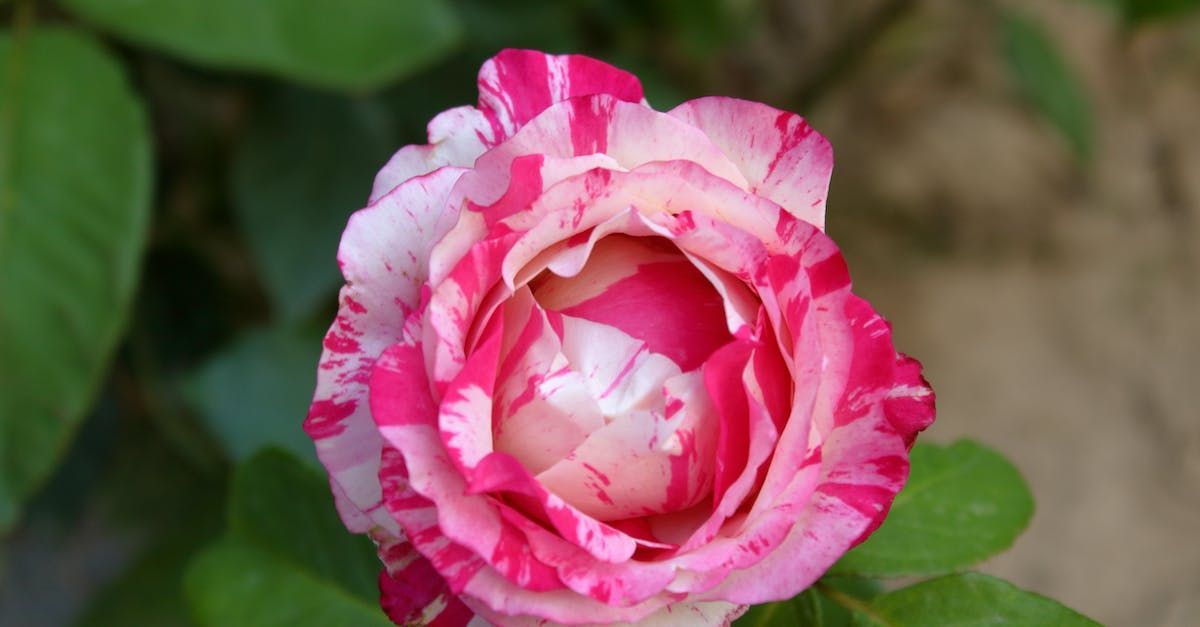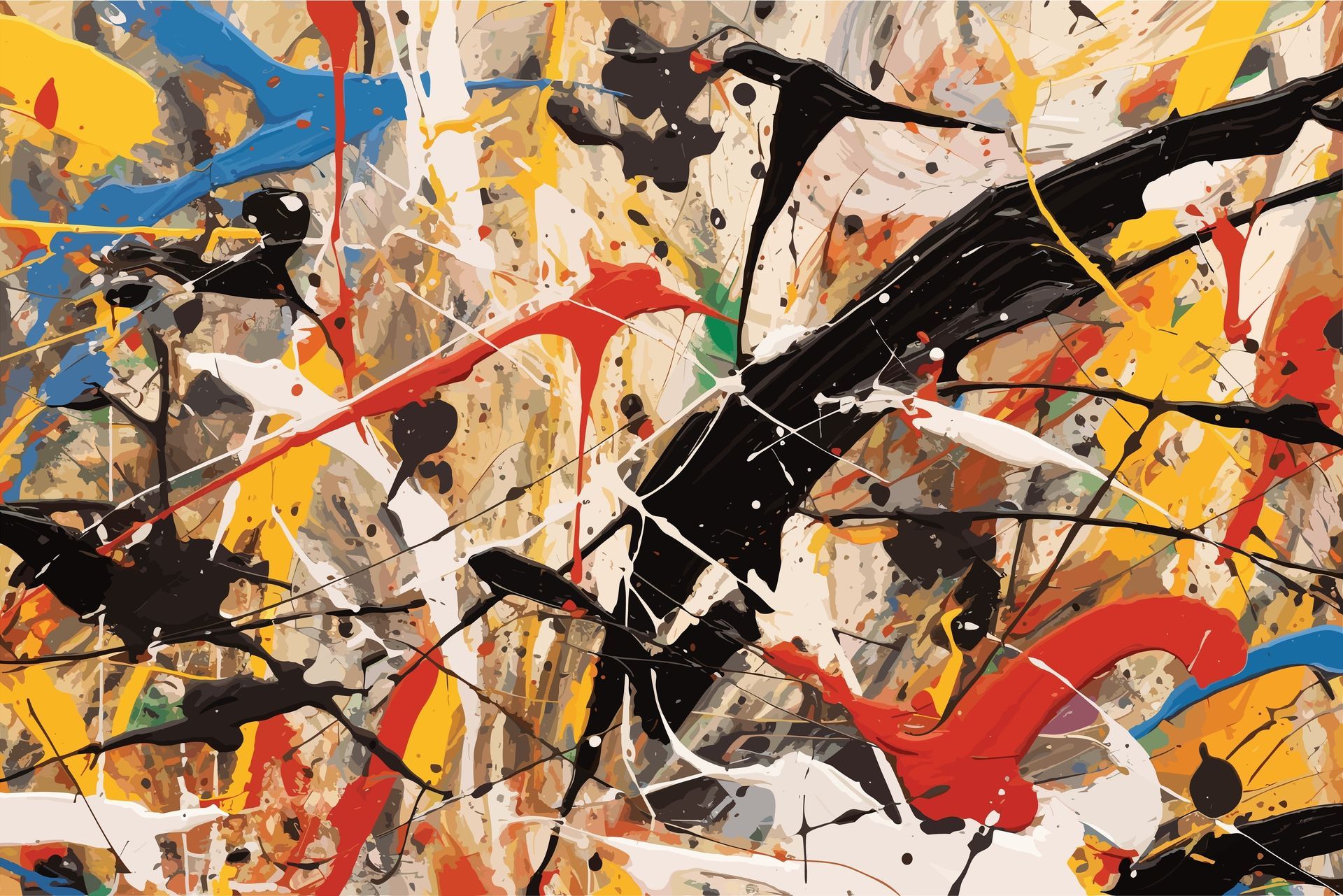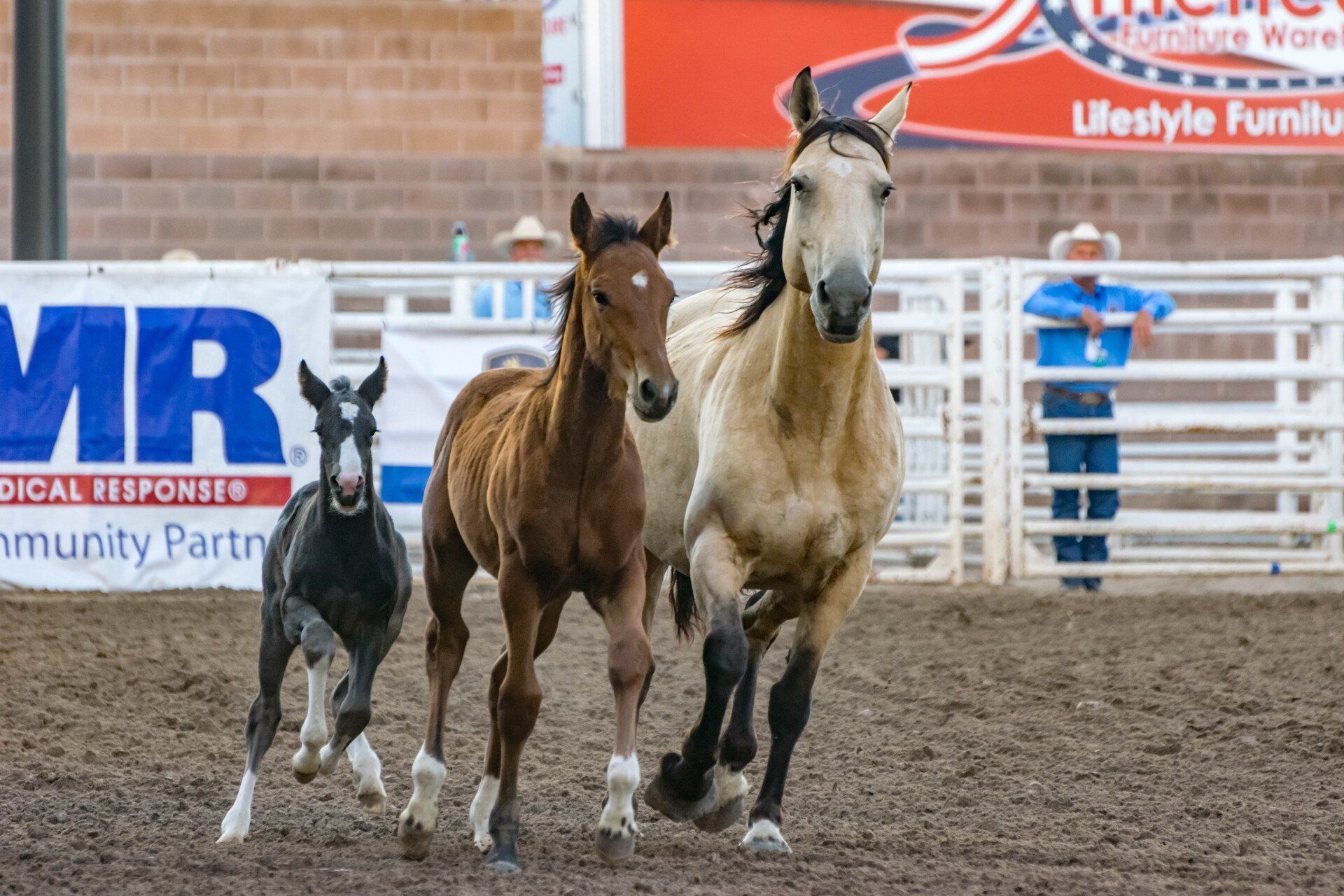The Medici: Without Them the Renaissance Wouldn't Have Flourished
The definition of patronage
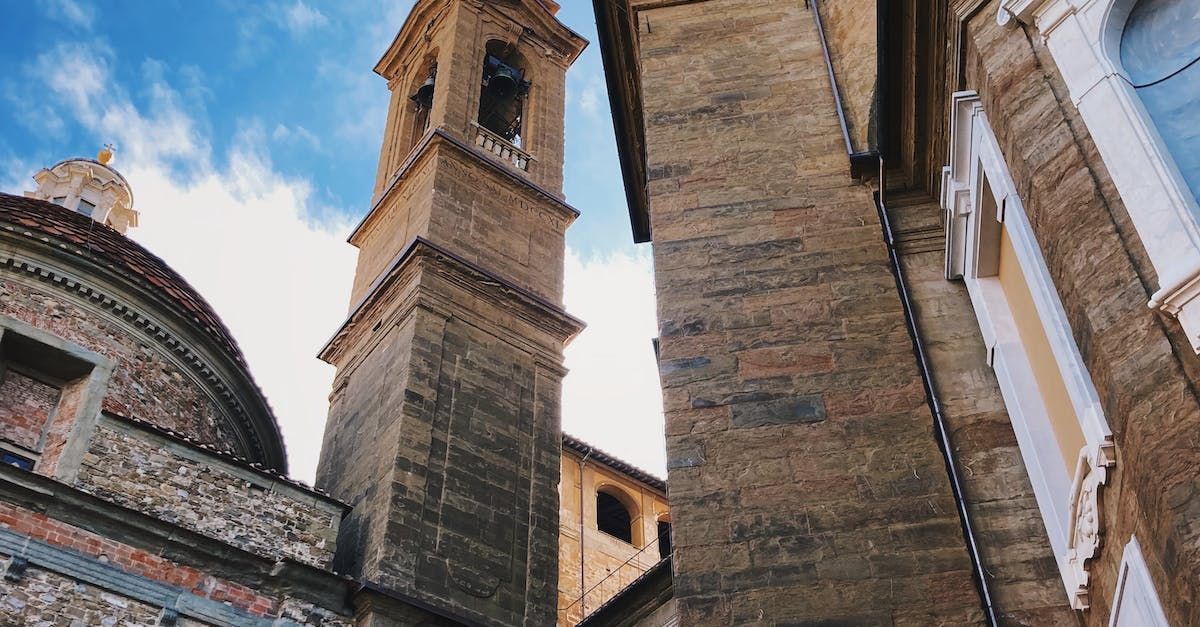
The Medici family played a pivotal role in the patronage of Renaissance art, particularly in Florence, Italy, during the 15th and 16th centuries. Their support and patronage significantly influenced the development and flourishing of Renaissance artistic achievements.
The Medici family, originally a wealthy banking dynasty, rose to prominence in Florence and became one of the most influential and powerful families of the time. They not only amassed great wealth but also used their resources to support and foster the arts, humanities, and sciences.
Under the patronage of the Medici family, Florence became a vibrant center of artistic innovation and cultural exchange. The Medici's patronage extended to a wide range of artistic disciplines, including painting, sculpture, architecture, literature, and music. They commissioned works, provided financial support to artists, and created an environment that encouraged intellectual and artistic pursuits.
Cosimo de' Medici, known as Cosimo the Elder, was one of the key figures in Medici patronage. He established the Medici Bank and used his wealth to support artists such as Donatello and Fra Angelico. Cosimo's patronage contributed to the development of a distinctive Florentine artistic style, characterized by a focus on naturalistic representation, classical influences, and a revival of ancient techniques.
Lorenzo de' Medici, also known as Lorenzo the Magnificent, was another prominent patron of the arts. He further expanded the Medici family's support for artists and intellectuals, nurturing the talents of individuals like Botticelli, Leonardo da Vinci, Michelangelo, and Pico della Mirandola. Lorenzo's patronage created an environment that fostered creativity and intellectual exchange, leading to remarkable artistic achievements.
The Medici family's patronage had a profound impact on Renaissance art. It not only provided financial support but also created opportunities for artists to learn, collaborate, and experiment. Through their patronage, the Medicis promoted the revival of classical ideals and the humanistic spirit of the Renaissance, encouraging artists to explore new techniques, subjects, and perspectives.
Furthermore, the Medici family's patronage helped elevate the status of artists and craftsmen in society. Artists were no longer seen merely as skilled artisans but as intellectuals and creators whose contributions were valued and celebrated. This recognition and support allowed artists to focus on their craft and push the boundaries of artistic expression.
The Medici family's patronage extended beyond Florence. They established a network of cultural exchange and collaboration with artists and scholars throughout Italy and Europe. Their influence and support spread Renaissance ideals, artistic techniques, and intellectual pursuits to other regions, contributing to the wider dissemination of Renaissance art and thought.
In conclusion, the Medici family's patronage played a crucial role in the development and success of Renaissance art. Their support provided artists with the resources, opportunities, and intellectual environment necessary for artistic innovation. The Medici family's patronage not only transformed the artistic landscape of Florence but also had a lasting impact on the Renaissance as a whole, shaping its artistic achievements and cultural legacy.The body content of your post goes here. To edit this text, click on it and delete this default text and start typing your own or paste your own from a different source.
